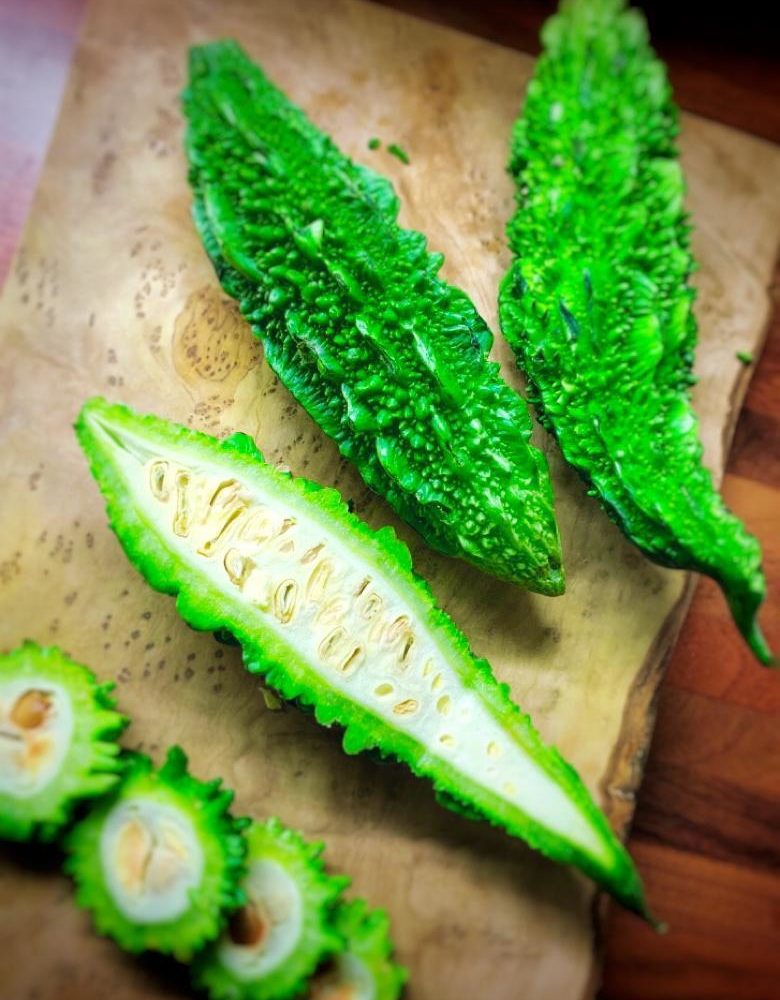
Popularly known as karela in India, bitter gourd or bitter melon is primarily found in tropical and sub-tropical regions across the globe. It belongs to the cucurbits or the gourd family that includes watermelons, cucumbers and a variety of squash and gourds.
An important point to keep in mind while cooking with this vegetable is to ensure that one tones down the bitter flavour. Interestingly, bitter gourd, when treated the right way, can make way for some of the most delectable preparations.
Different people have different ways to tame the bitterness quotient of karela. One such thing that I have learned is to include a bit of jaggery at the final stage of cooking. Teaming it with other vegetables like onions, potatoes, tomatoes can also help in bringing down the bitterness.
Some other tips are as follows;
-Scrape the veggie properly
– Remove all the seeds, especially the
big ones
– Wash properly, cut and marinate with
salt and leave aside for at least half
an hour
– Squeeze the juice out
– Wash properly ensuring the removal
of excess salt
– One can also boil cut pieces in a
solution of water and lemon
– Soaking the veggie in tamarind juice
for at least half an hour before
cooking can also help
Once the excess bitterness is done away with, cooking with this vegetable becomes easy. Its complex flavour when teamed with aromatic spices and other veggies can make you fall in love with it. It can be cooked as delicious curries, stir fry, stuffed or bharva Karela and yummy pickles.
Bitter gourd is a rich source of vitamins and minerals. It contains iron, magnesium, potassium and vitamins like A and C. It contains twice the calcium of spinach and beta-carotene of broccoli. Various anti-oxidants and anti-inflammatory compounds are present in bitter gourd.
It also helps in lowering the bad cholesterol levels, thus reducing the risk of heart disease and stroke. That’s not all. It strengthens the immune system, improves respiratory health, boosts skin health and contains anti-ageing properties.
Leave a Reply